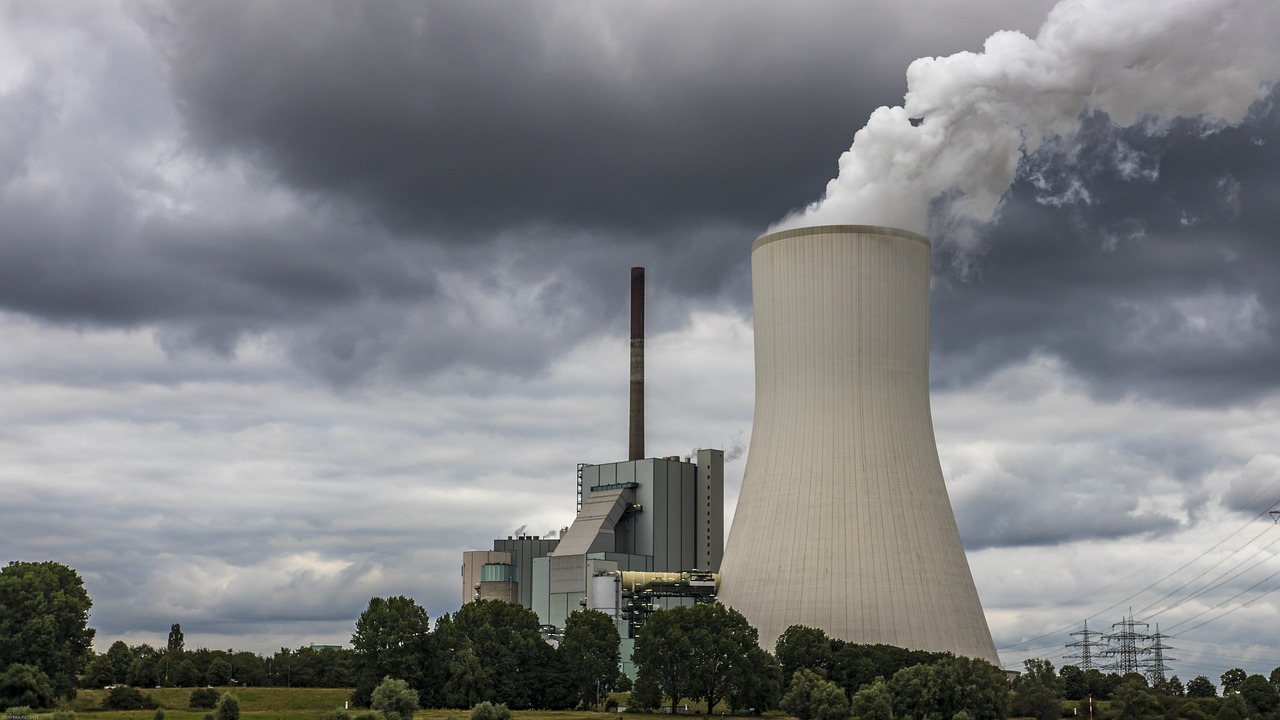Industry experts explain why A.I. requires so much energy
Across the United States, Americans maintain constant internet connectivity throughout every hour of every day. According to a 2024 Pew Research study, 96% of adults reported using the internet at least occasionally on mobile devices—a dramatic increase from May 2000, when only 48% reported occasional usage. As digital engagement continues expanding, energy providers are proactively preparing for unprecedented electricity demand.
“Internet usage was initially overstated during the early phases, as it turned out. But eventually it caught up, and we witnessed the consumptive demand materialize later,” explained Constellation President and CEO Joseph Dominguez.
However, artificial intelligence presents a fundamentally different trajectory. Dominguez emphasizes that widespread AI adoption occurred almost instantaneously and has accelerated far beyond the internet’s initial growth curve. White House A.I. and Crypto Czar David Sacks concurs with this assessment.
“The adoption rate surpasses any previous technology. It’s faster than the internet, faster than the iPhone. The uptake is remarkably rapid,” Sacks observed. “Still, roughly half the population hasn’t experimented with it yet.”
Recent polling data reveals that 57% of registered voters rarely or never utilize artificial intelligence, while 27% engage with the technology daily. Usage patterns appear closely tied to public perception of the technology. Individuals who view A.I. negatively for society demonstrate less familiarity and report infrequent usage (77%), while those who consider A.I. beneficial engage with it more regularly (47%). Industry experts anticipate AI adoption will continue its upward trajectory.
“OpenAI’s ChatGPT achieved the fastest consumer technology adoption rate in history when it launched in November 2022, but that represents merely a fraction of their current user base,” noted Gregory Allen, senior advisor with the Wadhwani A.I. center at the Center for Strategic and International Studies.
To meet escalating demand and support continued AI technological advancement, data centers are establishing round-the-clock operational capacity.
“Operating all these computational resources that modern A.I. demands requires enormous electricity consumption,” Allen explained.
AI models undergo frequent retraining to maintain relevance and accuracy. Software systems require continuous updates, while data centers necessitate extensive cooling infrastructure to sustain optimal operating conditions. Allen estimates that the most sophisticated AI algorithms will demand between 1 and 5 gigawatts of electricity for operation.
“One gigawatt equals approximately one Hoover Dam’s electrical output. Imagine five Hoover Dams dedicated solely to powering a single data center housing one company’s AI infrastructure,” Allen illustrated.
The escalating complexity and infrastructure modernization requirements have strained available resources significantly.
“Data centers have evolved into massive facilities. Consider the requirements: appropriately zoned land, comprehensive permitting for construction, and substantial electrical grid connections,” explained Microsoft President and Vice Chair Brad Smith.
Data centers typically concentrate in specific geographic regions. The Northern Virginia Regional Commission reports that the area’s 250 facilities process approximately 70% of global internet traffic. In high-density regions, technology companies frequently encounter delays accessing grid connections. Internationally, several countries and municipalities have implemented restrictions on data center construction volumes. Domestically, Dominguez indicates that President Donald Trump has initiated measures to expedite permitting processes.
“The executive orders are eliminating significant bureaucratic obstacles, effectively removing requirements that previously caused delays,” Dominguez stated.
Nuclear facility construction traditionally requires early site permits that assess geological conditions, site characteristics, and construction feasibility.
“This process makes sense for virgin nuclear sites. However, our facilities feature existing reactors that have operated safely in these communities for decades,” Dominguez explained. “Current NRC regulations mandate a costly exercise—approximately $35 million per application—to verify what we already know: that nuclear energy is viable for these locations. Thanks to the president’s executive orders, this requirement will be eliminated.”
Once nuclear facilities become operational, future data centers can connect directly to these power sources, ensuring uninterrupted electricity supply.
“Nuclear power operates like a freight train—consistently, day or night, winter or summer, regardless of weather conditions,” Dominguez emphasized.
Author: AI
Published: 9 July 2025
